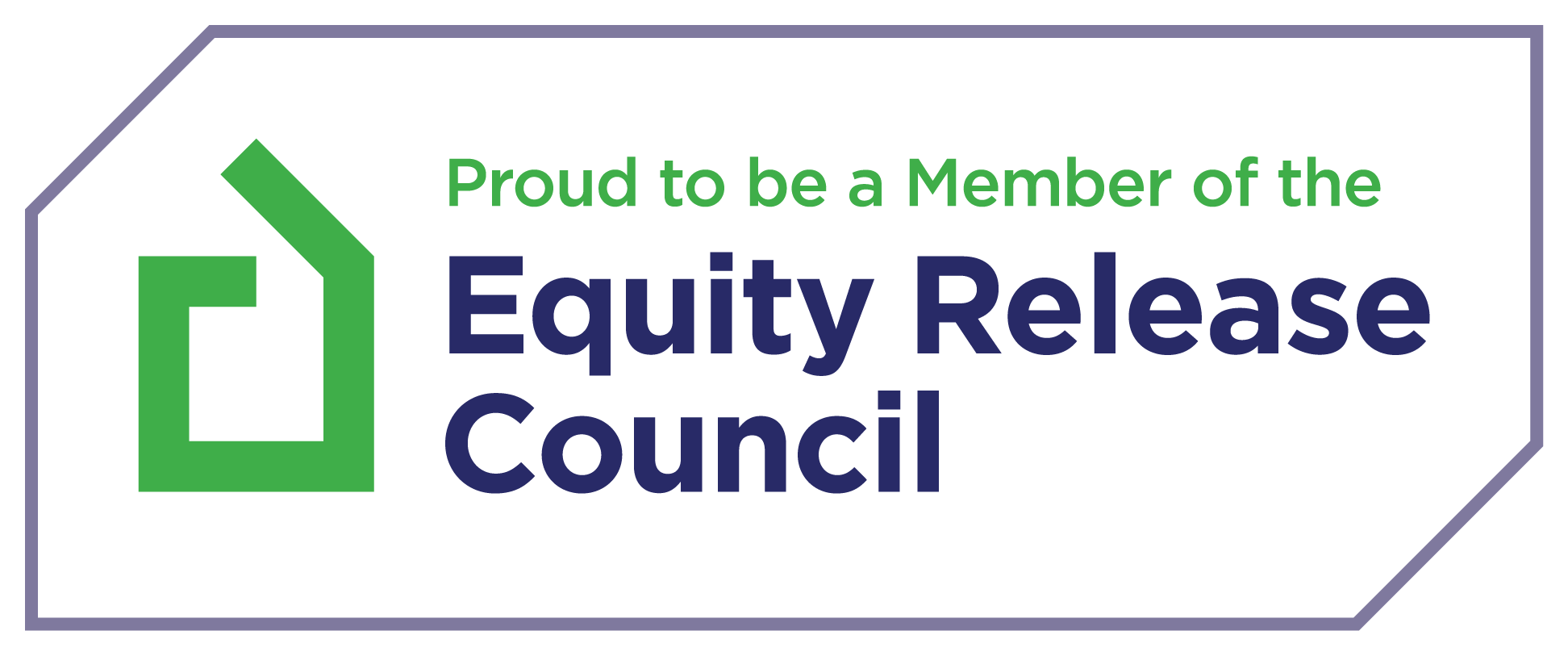What our customers say.
Do you want to become an introducer?
My Home Equity Release is a trading name of Equity Release Associates Limited, which is authorised and regulated by the Financial Conduct Authority. FCA registered number 932793. Company registered in England and Wales number 12258392. VAT Registered Number 365 5888 43. Registered address, 2200 Century Way, Thorpe Park, Leeds, LS15 8ZB.
I provide initial advice for free and without obligation. Only if your case completes would our advice fee of £1,695 be payable. Other lender and solicitor fees may apply. Equity release may involve a home reversion plan or a lifetime mortgage, which is secured against your property and will reduce the value of your estate and impact funding long-term care
To understand the features and risks, ask for a personalised illustration. Equity release requires paying off any existing mortgage. Any money released, plus accrued interest would be repaid upon death, or moving into long-term care.
Andrew Ferrett is a member of the Equity Release Council – an organisation set up to protect the interests of plan holders.

Equity Release & Lifetime Mortgages specialists in Devon and the UK.
The key to unlocking the cash tied up in your home.
Explore
Tools
Download


